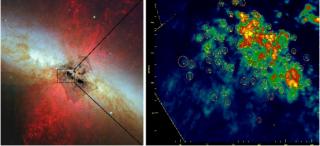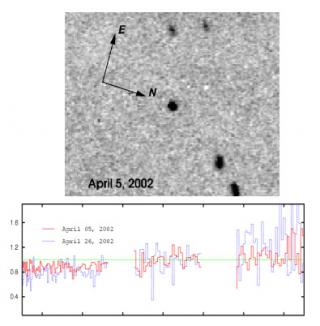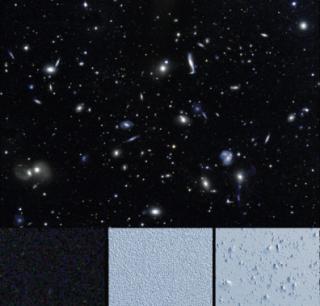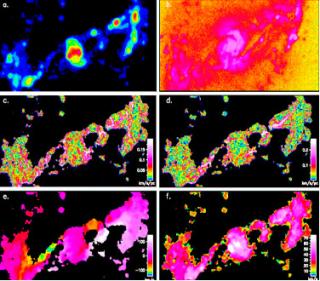La estrella, que experimenta este tipo de explosiones cada cincuenta años, perdió en el último estallido una masa equivalente al 10% de la masa del Sol
Advertised on
This section includes scientific and technological news from the IAC and its Observatories, as well as press releases on scientific and technological results, astronomical events, educational projects, outreach activities and institutional events.




